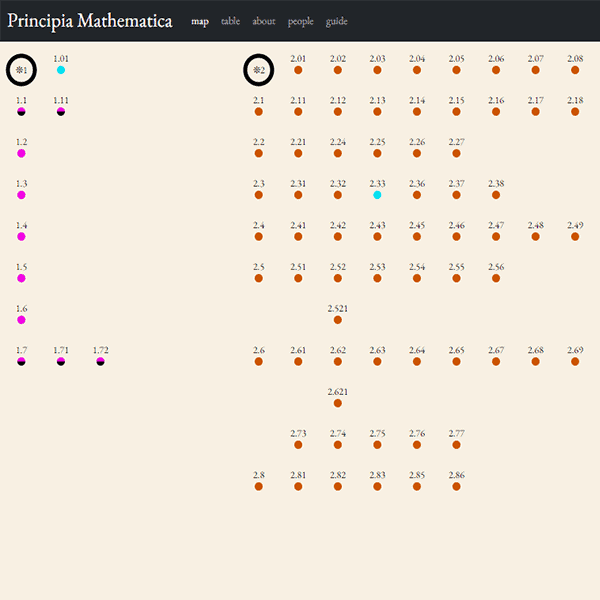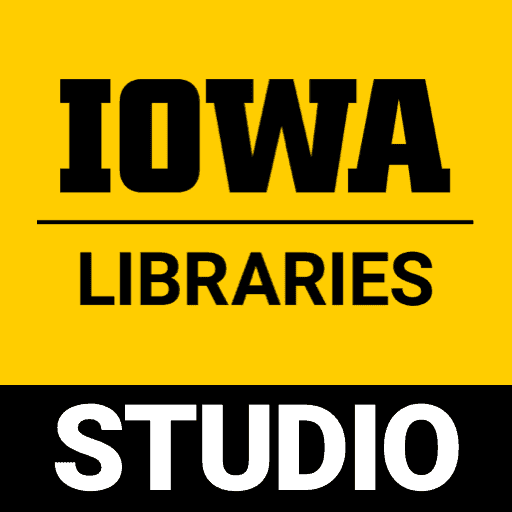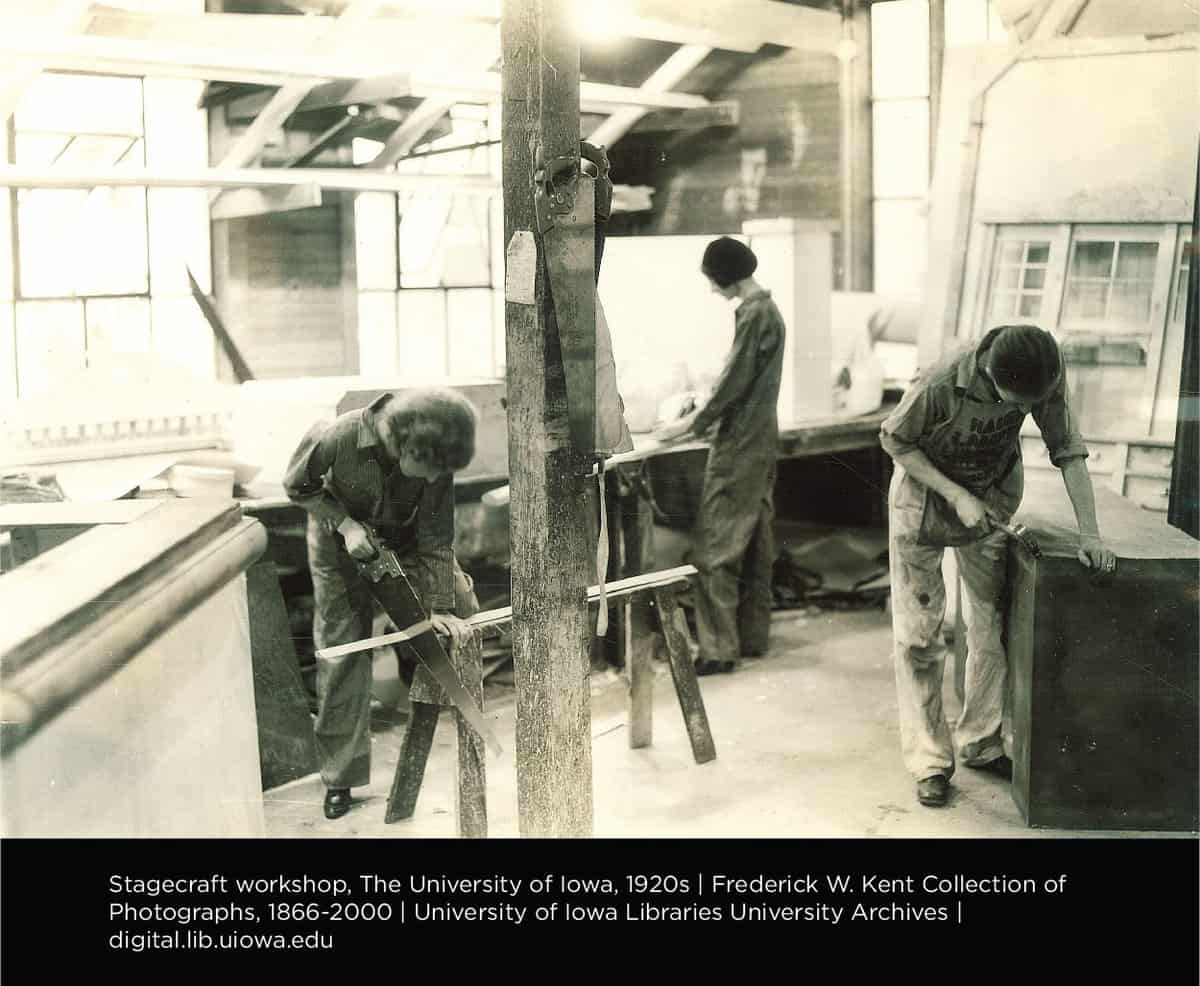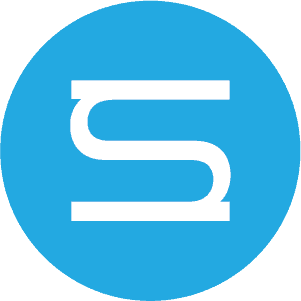With a $281,104 Scholarly Editions and Translations grant from the National Endowment for the Humanities (NEH), researchers at the University of Iowa and Western Kentucky University collaborated to build the first-ever digital map and data table for all three volumes and 1,992 pages of Principia Mathematica—a monumental work in the philosophies of mathematics and logic.Continue reading “UI Libraries Digital Scholarship & Publishing Studio builds first-ever digital and searchable map of Principia Mathematica through multi-institutional, NEH-awarded grant”
Category Archives: Publishing
The Literary Heritage of Cornell College: Creating Digital Resources to Support Our Community
By Miranda Donnellan Archives are not infallible. As a librarian, this is a fact of life. But as a digital humanist, I am empowered to solve this problem. For my Public Digital Humanities Certificate capstone, under the guidance of Cornell College’s Professor Kirilka Stavreva, I created a digital archive highlighting the works of Jewel BothwellContinue reading “The Literary Heritage of Cornell College: Creating Digital Resources to Support Our Community”
Studio Summer Fellowship applications are open for submission!
Applications are now being accepted through Feb 7 at 5 p.m. for the Digital Scholarship & Publishing Studio’s 2024 Summer Fellowship Program. The program is open to all UI PhD, MFA, and DMA students looking to benefit from an in-person, mentored digital scholarship experience this upcoming summer. Learn more about the program and apply onContinue reading “Studio Summer Fellowship applications are open for submission!”
Digital Scholarship & Publishing Studio partners with faculty to map race-restrictive covenants in Greater St. Louis
Earlier this year, our Geographic Information Specialist, Jay Bowen, worked with Colin Gordon at the Department of History to visualize his extensive research on racially restrictive covenants impacting residential parcels throughout Greater St. Louis in a new interactive map. With this map, users can explore parcel-by-parcel the historical proliferation of these covenant restrictions from 1870Continue reading “Digital Scholarship & Publishing Studio partners with faculty to map race-restrictive covenants in Greater St. Louis”
The Studio is Collaborating on a Number of Project Grants
Over the next few years the Studio will offer its assistance and expertise from staff on the following digital projects. We look forward to working with these scholars on making their research more digital and accessible! “Principia Mathematica: A Critical Edition” Landon D.C. Elkind National Endowment for the Humanities Scholarly Editions Grant Awarded $281,104 ($142,179Continue reading “The Studio is Collaborating on a Number of Project Grants”
Introducing the Summer 2019 Studio Fellows
The University of Iowa Graduate College and the UI Libraries Digital Scholarship & Publishing Studio are excited to announce that 14 graduate students have been selected for the 2019 Studio Summer Fellowship program. These individuals will soon take part in an 8-week course that provides mentored digital scholarship experience, as well as training in skillsContinue reading “Introducing the Summer 2019 Studio Fellows”
On Narrowing Scope: Making a Huge Project Manageable (and Failing at It)
Hi, everyone. I’m working this summer on a digital exhibition of the Commonwealth, an anti-slavery Boston newspaper founded in 1862, right in the middle of the Civil War. In the weeks since my fellowship began, I’ve been working on making scans of the pages of the periodical, researching the various people involved in publication, andContinue reading “On Narrowing Scope: Making a Huge Project Manageable (and Failing at It)”
Women Of Ancient History (WOAH) – Networks and Maps to Promote Non-Male Scholars
I am contributing to an already existing project. Check out the current WOAH site. In short, the goal of this project is to promote the awareness and visibility of non-male scholars who study the ancient world. Dr. Sarah E. Bond (Iowa, Classics) started WOAH to combat the plainly false notion that, “there aren’t any womenContinue reading “Women Of Ancient History (WOAH) – Networks and Maps to Promote Non-Male Scholars”
Explorations in Writing Technology: Creating a Digital Typeface
If I want to write—to make marks that express thoughts in written language, in a way that it can be shared and read by others—there are a number of tools available to help with the task: Pencil Pen (ballpoint, felt tip or fountain, not to mention reed, feather and steel nib) Brush crayons, pastels, charcoal,Continue reading “Explorations in Writing Technology: Creating a Digital Typeface”
Mapping gender and status in simulated Mars missions
NASA has scheduled the first manned mission to Mars by 2030s. Millions of miles away, this group of astronauts will constitute a micro society. Women and men, most likely from different cultures, will have to live and work together in claustrophobic chambers for a long time. Stereotypes in task groups To prepare for this experience,Continue reading “Mapping gender and status in simulated Mars missions”



